Seattle Plastic Surgeon goes back, way back to Match Day 1983.
Every March, fourth year medical students across the United States convene to receive and open a small white envelope that has a huge influence on their future. The information contained in this white envelope is where they “matched” for post-graduate training.
The Match System works like this: As a fourth year student, you apply to a dozen or so residency programs and if asked, go for an interviews at these programs. Then you rank the programs in decending order of fabulous to surely miserable and everything in between. And the residency directors rank all of the applicants in decending order of incredible to surely a disaster. An all knowing computer takes these rankings and matches the applicants with the programs. Supposedly, the applicants’ wish list has more weight than the residency programs’ but I bet that students are still advised NOT to list any program that makes them want to chew glass instead of go there.
This is a momentous day. This Match determines where you will live and train for anywhere from 3 – 8 years, who will become your BFFs, often whom you will marry, where you will eventually live and how you will practice your specialty. Every fourth year medical student wants a great residency experience both academically and socially.
Okay, enough about that and more about me. I matched at my 2nd of 10 choices, the University of Utah and, as a skiier and a woman, was thrilled. Of course Utah has the BEST SNOW ON EARTH and the University of Utah had a lot of women in their general surgery program, even back then.
I ended up spending 6 years in Salt Lake City, 5 years as a general surgery resident and 1 year working in the Intermountain Burn Unit. My years there made a man out of me (even though I’m a girl). I came away from Utah feeling I could handle just about anything that walked in through the emergency room door. I also came away from Utah in fantastic physical condition (the altitude makes for a strong cardio-pulmonay system), with many, many lifelong friends and a deep love and appreciation for deep, dry powder snow and Mormons (really).
And then there was Match Day for plastic surgery. Again I snagged my 2nd choice, the University of Cincinnati. I loved the program and training but it was a bit of culture and climate shock for me. I even took up golfing which was about the only outdoor activity available. I learned to love fireflies, the Ohio River, badass thunderstorms, cicadas and the way the humidity turned my naturally wavy hair into a Brillo Pad. I never learned to love Skyline Chile which involves spaghetti noodles and cinnamon.
And now I am living in my home state, Washington in my dream city, Seattle. But I so cherish those years away. They expanded my world view while giving me great surgical training and some interesting ex-boyfriends.
So I hope every fourth year student matches at one of their top ranked programs and some 36 years hence, looks back on their residency program with as much fondness as I do.
Thanks for reading. I would be honored if you followed me on Instagram @sowdermd and @breastimplantsanity. Dr. Lisa Lynn Sowder

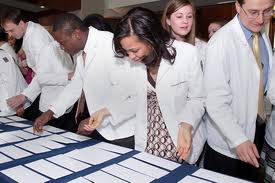
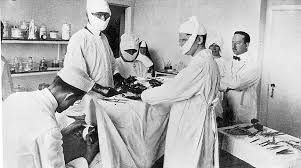
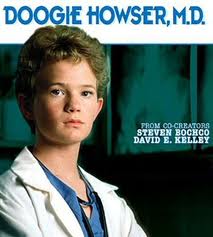


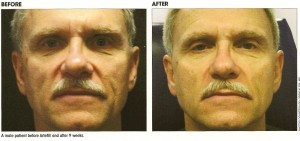
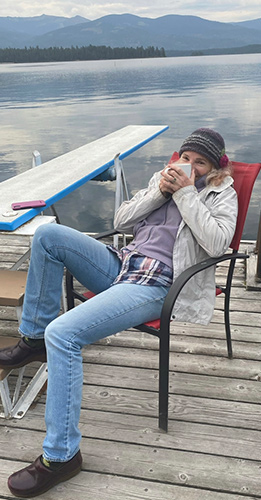
 @lisalynnsowder
@lisalynnsowder
